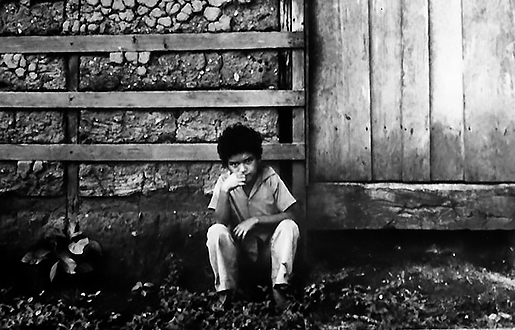Timeline - 1970s
The Timeline is an on-going project that will be updated throughout the year. More content will be added as time goes on.
The Early 1970s
Wings of Hope sends pilots into South America. Bob Weninger joins Guy Gervais in Peru, while Sink Manning, Mike Stewart, and Stan Eschmann serve in Guatemala.
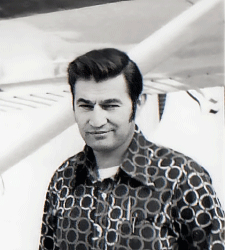


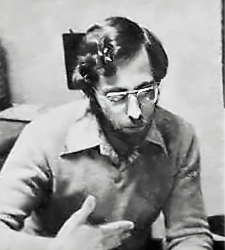
May 1971
Ed Schertz departs to Peru to begin flying for Wings of Hope. Ed received both pilot and maintenance training from Southern Illinois University’s school of Aviation Technology. Ed and his wife Irene would go on to serve in this area for the next decade to come.
“If it weren’t for Eddy Schertz and his plane, there would be a lot fewer mothers and children in our village.”
Peruvian villager, quoted by the Star-Phoenix
March 11, 1976
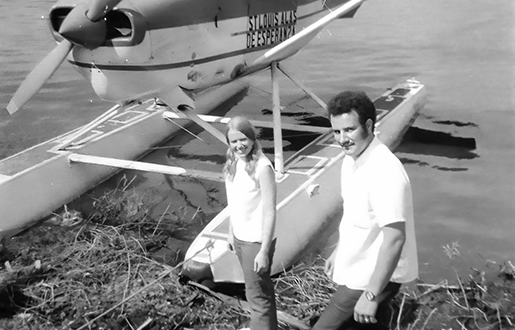
December 24, 1971
Peruvian airliner LANSA Flight 508, using a turbo-prop Electra, went down in the jungle after being hit by a violent thunderstorm. WoH pilot Bob Weninger and many other search and rescue workers combed the area for days until one survivor was found on January 4, 1972. The survivor, Juliana Koepcke, indicated there were more survivors and as a result the search effort intensified. After Weninger talked to the Peruvians that found Juliane, he took to the air and backtracked the path that the survivor had traveled and then he spotted the wrecked Electra. Unfortunately, there were no survivors, 91 out of 92 passengers had perished.
Pucallpa built a memorial to the victims of the crash, of which 52 were from that area. The memorial was called “Alas de Esparanza” (“Wings of Hope”), the name on the plane Bob was flying when he located the wreckage. The memorial is dedicated to the victims of the crash.
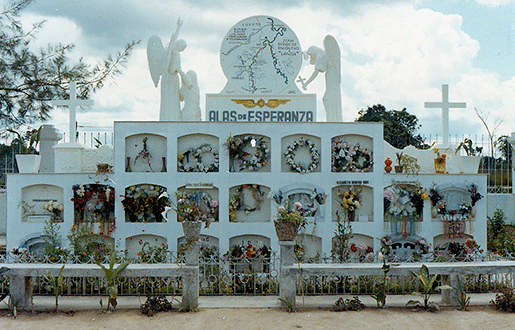
Film director Wener Herzog was destined to be on the same flight, however his reservation was cancelled at the last minute. Narrowly sharing the same fate, he was inspired to do a film in 1998 on Juliana’s survival story called “Wings of Hope.”
September 17, 1972
The Pocono International Raceway donated the use of its facilities for the benefit show and featured skydivers, stunt pilots, comic flyers, and an outstanding sailplane artist.
Mario Andretti, three-time national USAC champion and Grand Prix race driver, was the honorary chairman, and gave rides around the race track.
Event was sponsored by Wings of Hope, and proceeds primarily benefit ed the Missionaries of the Sacred Heart in New Guinea, who use aircraft in the widely scattered tropical islands for:
- transporting teachers, doctors, nurses, and mission personnel
- medical emergencies among the thousands of natives they serve
Surplus funds were used for similar humanitarian and religious enterprises in the South Pacific. An estimated 15,000 people turned out for the Wings of Hope benefit air show.
The Missionaries of the Sacred Heart (MSC) were aviation pioneers in the northern islands of the territory of New Guinea. They foresaw air transportation as the key to modern progress in the primitive South Pacific islands and as a necessity for health emergencies.

March 1, 1972
Father Marc Tillia, also known as the Flying Priest, is pastor of a parish of 1,500 square miles in a remote area in Brazil consisting of 32 small, poor villages with no paved roads. He needs to replace his 1941 Interstate Cadet and secures much needed funding from Wings of Hope to purchase a Cessna 182 (N7358Q).
"You may find this a wee bit difficult to accept, but down here I'm considered an extremely conservative driver. However, the jeep station wagon we recently acquired has managed to cut up 2 tires in less than 5,000 miles. The roads are so rough and rocky that this is considered a good average."
Marc Tillia

December 1973
Capt. William Hyde Barry (V.P. of APA) and Capt. Vernon Brown (chairman of the APA committee) presented Wings of Hope with a new Cessna 180 Skywagon on behalf of the Allied Pilots Association, a union that represents pilots for American Airlines. The plane would be later transported to Guatemala by Sink Manning and Stan Eshmann to replace a disabled aircraft operating in Santa Cruz Quiche.
“This plane will be the sole means of getting medical care and treatment to 18,000 persons in 10 widely scattered jungle villages.”
Sink Manning
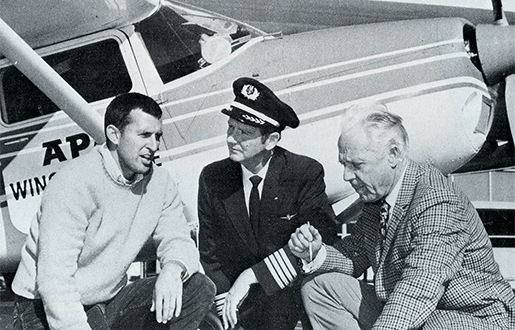
February 4, 1976
Guatemala was severely damaged by an earthquake that struck at 3 o’clock in the morning. Guy Gervais along with his wife and children endured the quake as their house took on damage. For the next several days, Wings of Hope pilots engaged in continuous emergency flights.
Upon official request, Gervais concentrated his efforts on Joyabaj, a city of about 14,000 – where they estimated that 3,500 people perished. WoH pilots, on successive trips, carried potable water, food and supplies from CARE and Catholic Relief Services. Also mobilized members of the Peace Corps, doctors, nurses, engineers and various government officials.


"Guy decided that we could best be of help by flying some of the injured out to the nearby hospital in Quiche undamaged by the quake. The remainder of the afternoon was spent hauling people with head injuries, broken limbs, crushed hands and feet from Joyabaj to Quiche."
Pierre Swick, American Airlines pilot and WoH volunteer pilot
"We over-flew several mountain towns and the larger pueblo of San Martin where we found a place to cut trees and make an airstrip out of an existing stretch of more or less straight road."
Mike Sullivan
September 1978
Construction machinery executive, Kent Furlow, joins WoH pilot Roy Johnsen in Honduras. His assignment is to capture a photographic record and keep a daily diary of the work done in Honduras. Typically, pilots are not natural photographers, so Kent accompanied Roy and vividly portrayed what it is like to unselfishly serve humanity.
Roy Johnsen was a Navy pilot who had flown just about everything, from helicopters to jet fighters off aircraft carriers. Roy took a full year’s leave of absence from his work as a crash investigator for the Federal Aviation Administration to serve as a pilot for Wings of Hope in Honduras.
